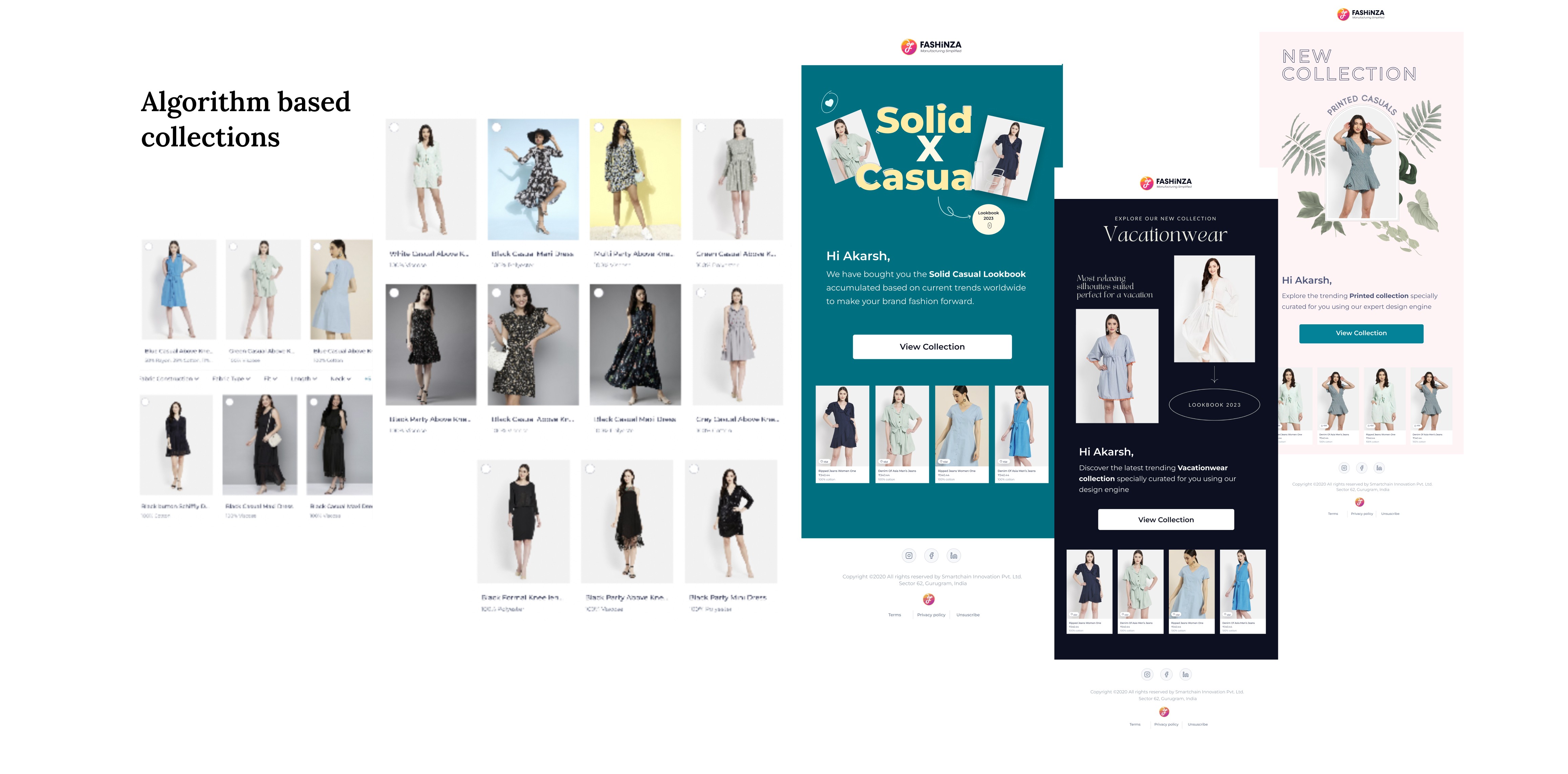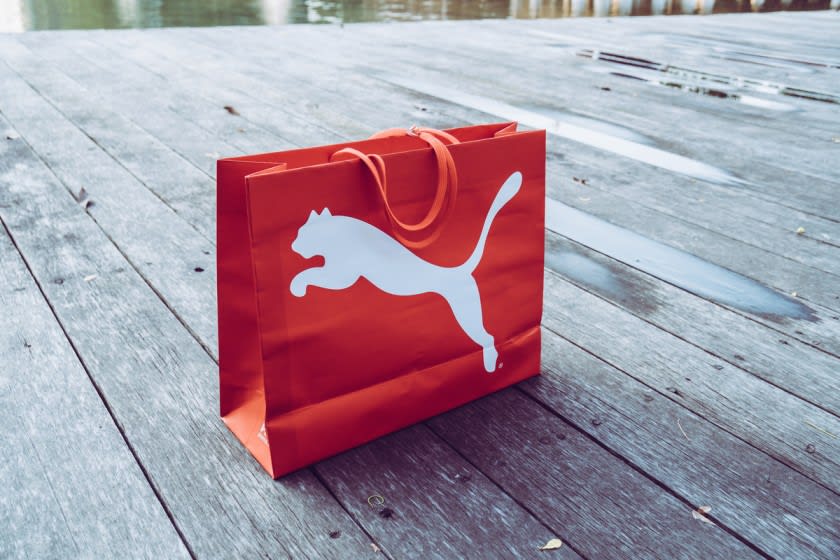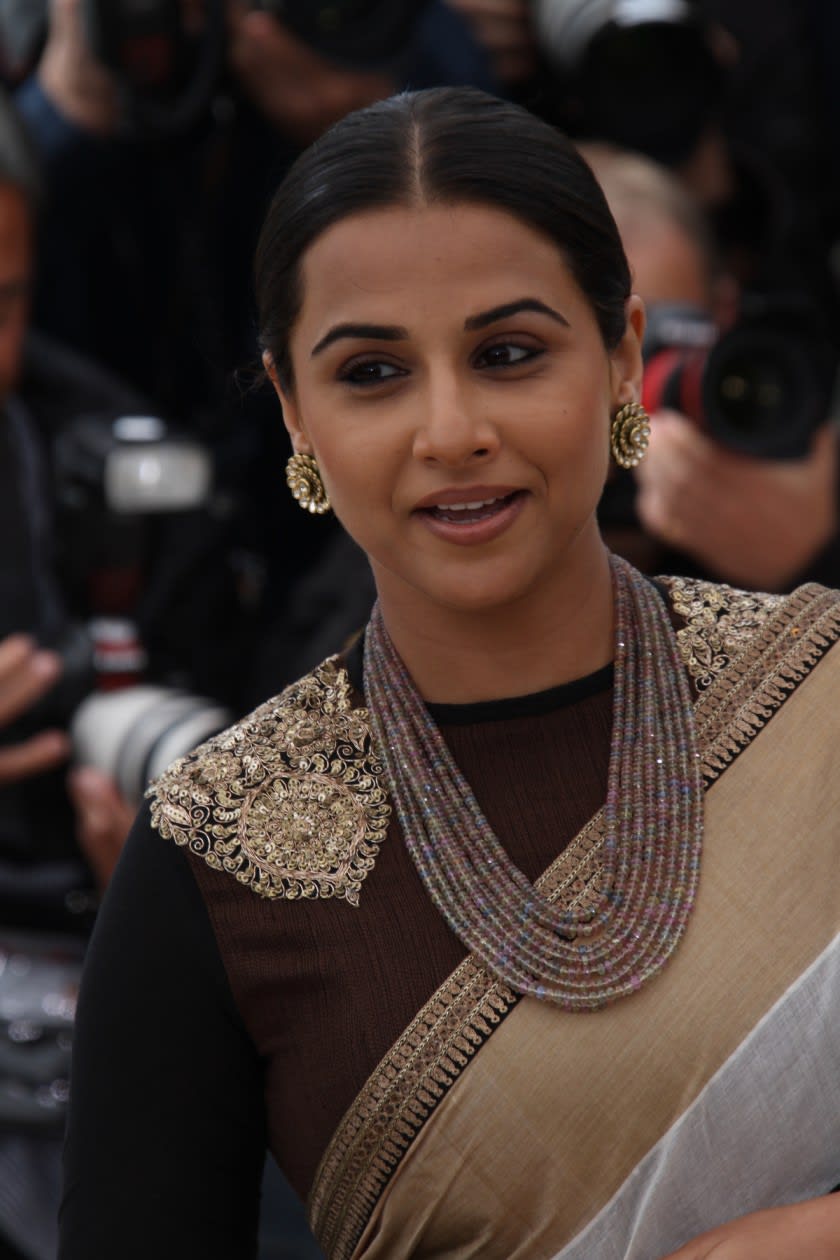Unlocking the Future of Fashion: How AI-based Trend Forecasting is Changing the Game for Brands

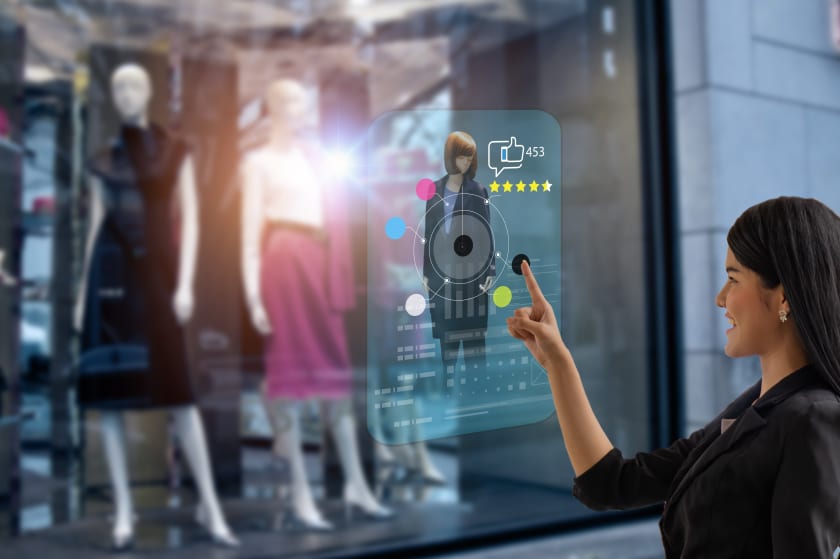

Brands constantly strive to stay on top of the fashion game. The fashion industry is constantly evolving, and for a brand to remain successful in the fashion industry, brands invest a significant amount of money and time in trend forecasting to accurately predict future trends. This is critical to stay ahead in the game and design collections that will resonate with customers, allowing brands to maintain their position at the top of the fashion industry.
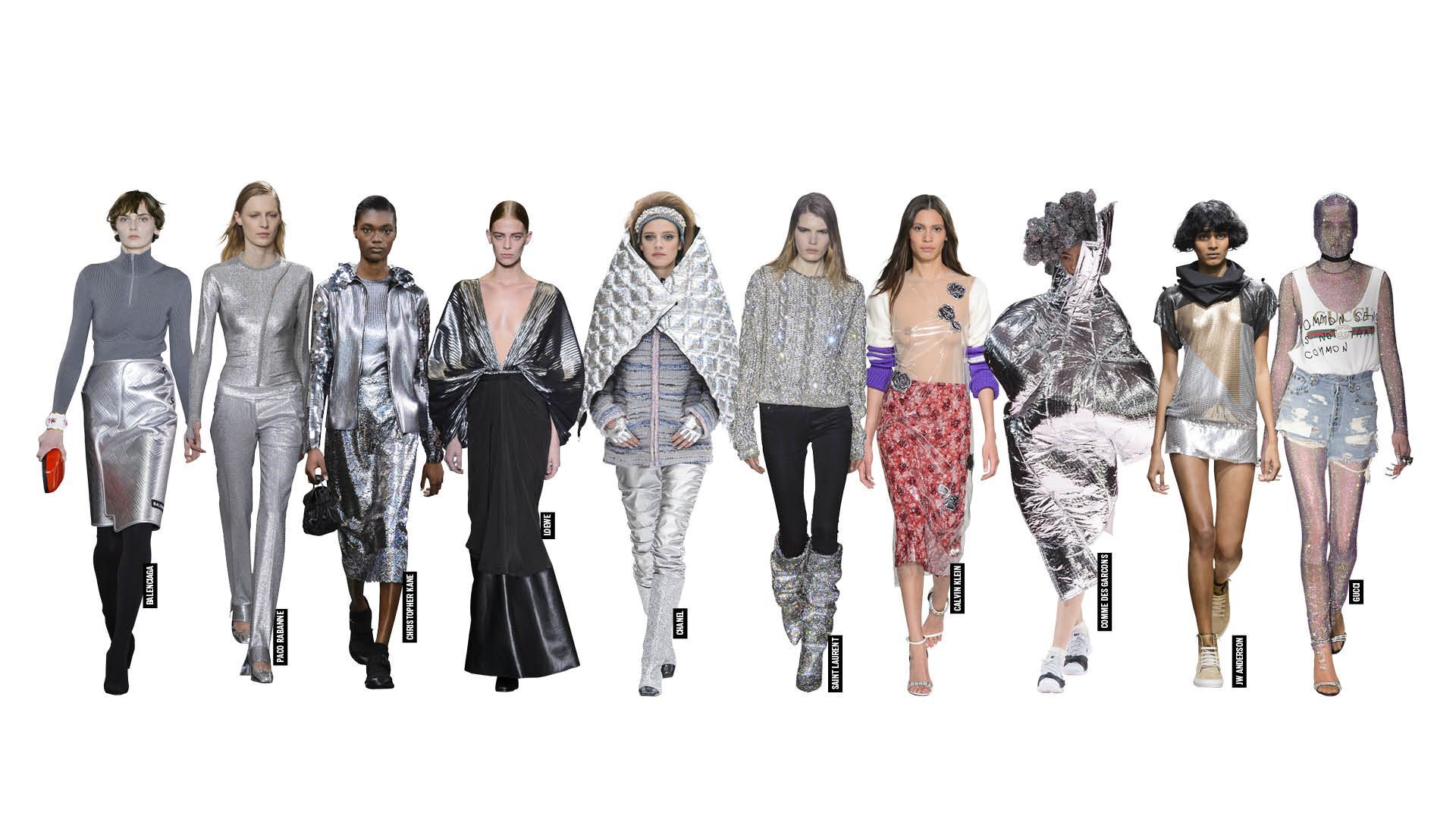
Manual Fashion forecasting
Manual fashion forecasting involves analysing data and trends to predict future fashion and retail trends using human analysis, interpretation, and judgement. The process typically includes several steps:
- Data collection: Gathering data from a variety of sources such as social media, fashion shows, street style, fashion magazines, online marketplaces and more.
- Data analysis: The data is then analysed to identify patterns and trends, and to gain insights into consumer preferences and behaviour.
- Trend identification: Based on the data analysis, key trends in colour, fabric, silhouette, and other elements of fashion are identified.
- Trend projection: The identified trends are used to predict future fashion and retail trends, and to make recommendations for brands and retailers.
- Presentation: The fashion predictions and recommendations are presented in the form of reports, presentations, and trend books, which can be used by brands and retailers to inform their collection design and buying decisions.
- Continual monitoring: After presenting the predictions, the market and data are monitored continuously to update the recommendations, and to adapt to new trends and changes in the market.
Pain points of Manual Fashion forecasting
- Time-consuming: Manually analysing data and identifying trends can be a time-consuming process, especially when dealing with large amounts of data.
- Subjectivity: Manual trend forecasting is based on human interpretation and judgement, which can introduce subjectivity and bias into the forecasting process.
- Limited data sources: Manual forecasting typically relies on a limited number of data sources, which can lead to incomplete or inaccurate predictions.
- Lack of real-time insights: Manual forecasting typically relies on historical data, which may not provide real-time insights into current trends and consumer preferences.
- Lack of scalability: Manual forecasting may be less effective in handling large and varied data sets, which can be a problem for big brands.
Advantage of AI-based Fashion forecasting
AI in fashion forecasting can provide several advantages, including:
- Predictive analysis: AI-based tools can analyse vast amounts of varied data and use machine learning algorithms to predict future fashion and retail trends.
- Real-time insights: AI-based tools can provide real-time insights and predictions, allowing brands to stay ahead of the competition and adapt to changes in the market quickly.
- Automation: Automation reduces the time and resources required to manually analyse data.
- Reducing dead stock: More accurate predictions about what styles and designs will be popular in the future can reduce the amount of dead stock which leads to better sales and financial success.
- Improving sustainability: Helps brands make informed decisions that align with consumer preferences and reduce their environmental footprint.
- Continual learning: AI-based tools can continuously learn and improve predictions over time, and adapt to new data and changes in the market, which can make them more accurate and reliable than manual forecasting methods.
Fashinza is dedicated to offering top-notch design options for fashion brands. To increase brand sales, we have developed several strategies including creating moodboard-based collections to generate organic interest, providing trend reports based on current fashion trends,
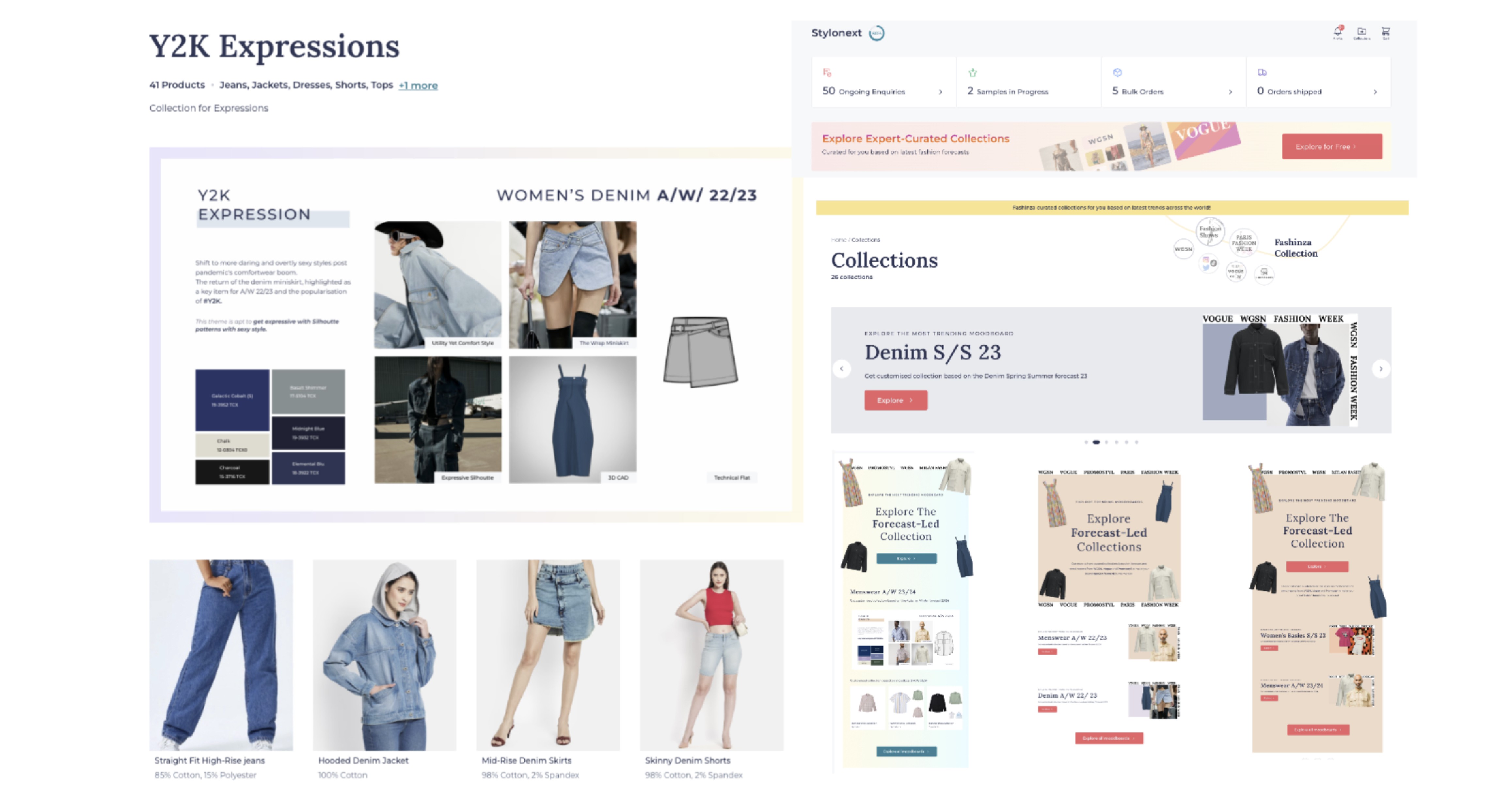
We run an algorithm to analyse the best-selling SKUs over the retailers to filter a list of top products to suggest our brands.Additionally, we are currently developing a trend forecasting tool that incorporates machine learning and has the potential to revolutionize the fashion industry.
